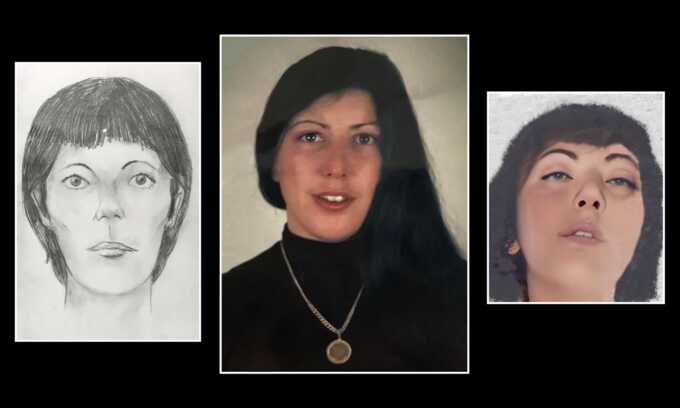Interpol campaign to identify remains of women in Europe expands to 46 cases

Police forces in France, Italy and Spain join cold-case initiative after launch last year of Operation Identify Me
Police have expanded a cold-case campaign aimed at identifying dozens of women who were murdered or who died in suspicious circumstances across Europe, taking in three new countries and more than doubling the number of cases.
The international policing organisation Interpol said on Tuesday that forces from France, Italy and Spain had joined those in Belgium, the Netherlands and Germany, which last year launched Operation Identify Me to help name 22 female victims.
The appeal has so far elicited more than 1,800 tips from the public, Interpol said, and led last November to the identification of the body of Rita Roberts, a British woman with a distinctive flower tattoo whose remains were found in Antwerp in 1992.
The inclusion of cold cases from the operation’s three new participating countries, and the addition of several more from its founding members, brought the number of victims whose identities were being actively sought to 46, the organisation said.
“Our goal is simple,” said Interpol’s secretary general, Jürgen Stock. “We want to identify the deceased women, bring answers to families, and deliver justice to the victims. But we can’t do it alone. That is why we are appealing to the public.”
The Identify Me website includes details of each case and facial reconstructions of some of the women, as well as images of individual items including jewellery and clothing discovered at the sites where the women’s remains were found.
Details include information from so-called black notices, normally only available to police, including location; biometric data such as DNA, fingerprints and facial images; dental charts; physical descriptions, and other potentially relevant details.
Each case has a distinctive name chosen by police. One of the oldest is “the girl with the 10-pence coin”, whose body was found in November 1982 in Le Cellier, France. Believed to be about 16 years old at the time of her death, she carried a British 10-pence coin and a metal keyring in the shape of Napoleon.
Others include “the woman who wasn’t alone”, whose body was found, hands tied, in a hotel room in Premià de Mar, Spain in early 1999, and “the woman with the panther and scorpion tattoos”, found in the Po River in Carbonara di Po, Italy, in 2008.
Interpol said the six countries were also sharing analytical capabilities and advanced forensic methods, such as DNA profiling, facial reconstruction, and isotopic analysis, that could help uncover clues about the victims’ origins, lifestyle and cause of death.
“Even the smallest piece of information can be vital,” Stock said. “A memory, a tip, or a shared story – the smallest detail could help uncover the truth. The public could be the key to unlocking a name, a past, and in delivering long-overdue justice.”
Read more similar news:
Comments:
comments powered by Disqus
































